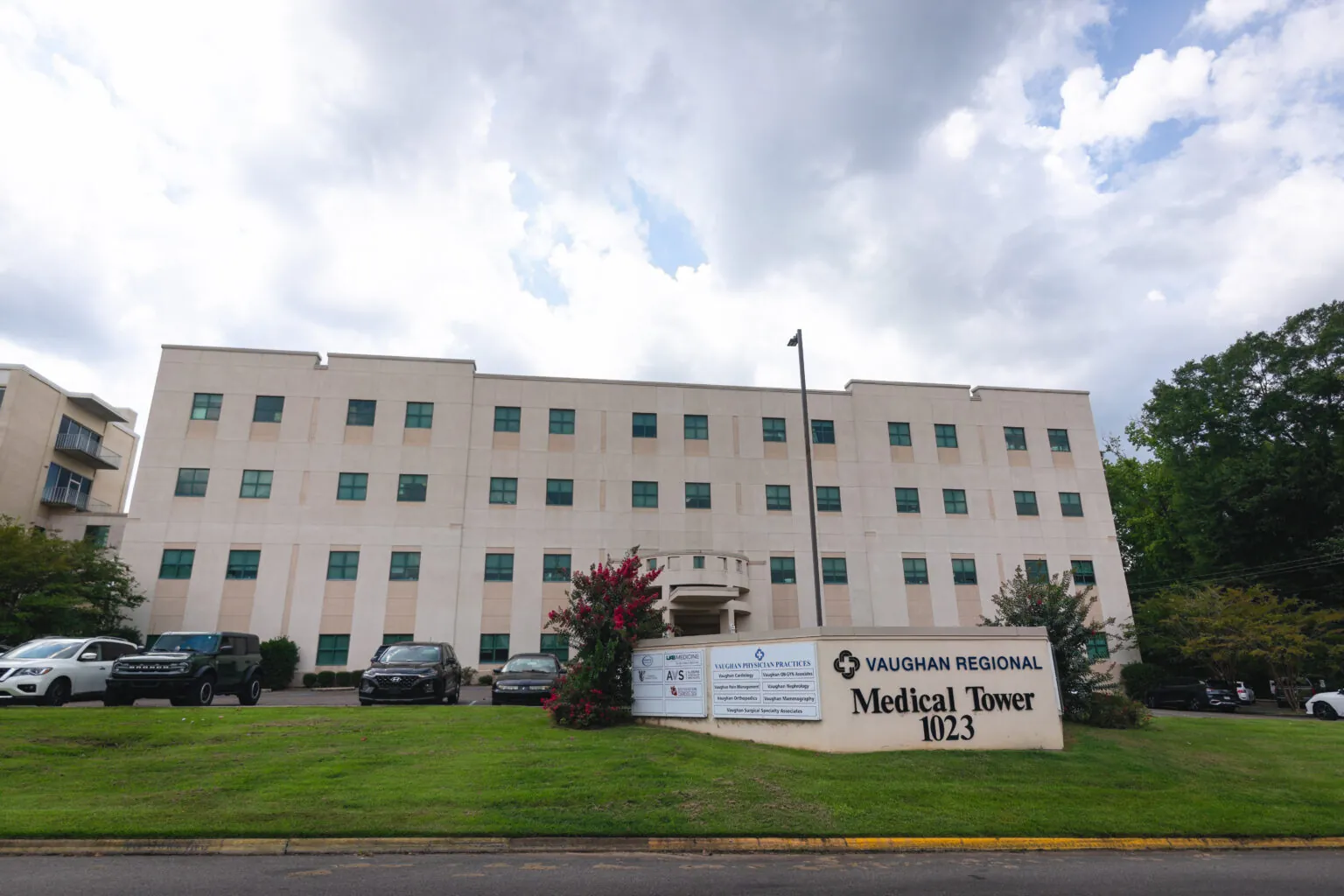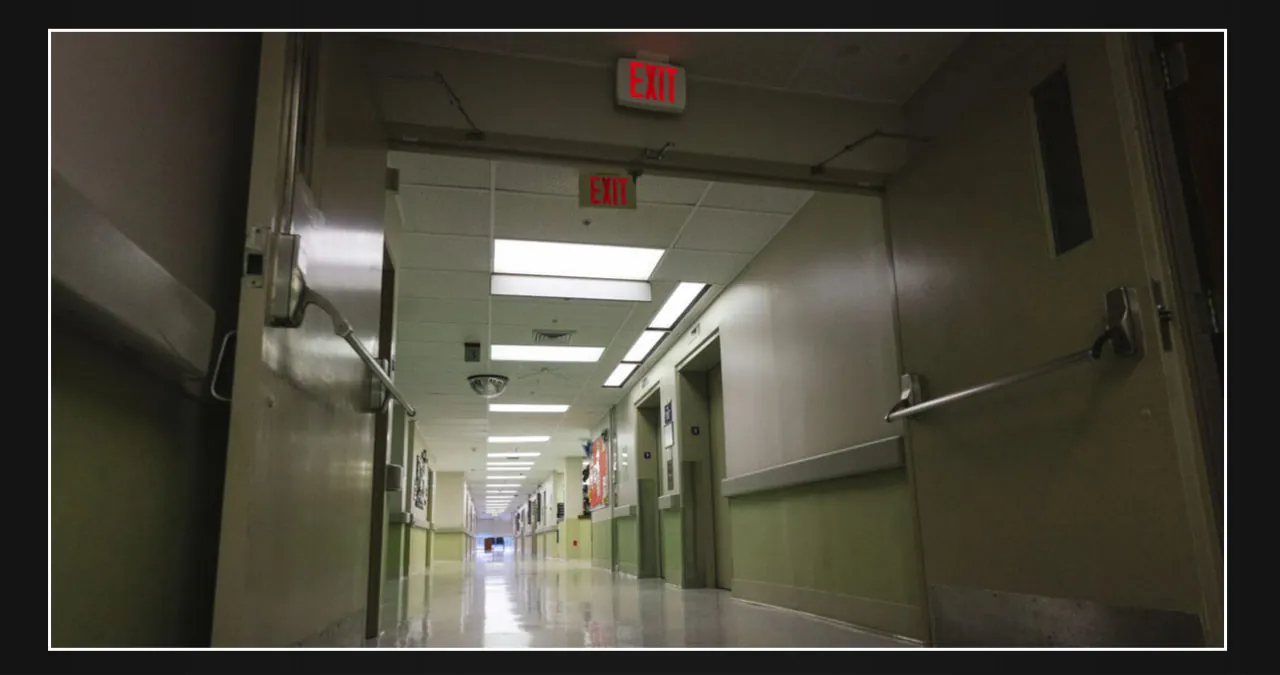According to David McCormack, the CEO of the hospital, the problem lies not in the demand for services. Vaughn Regional serves patients from all the neighboring counties, and if they were to utilize the vacant ward, they could create additional space in the emergency room. This would be especially beneficial as some rooms are frequently occupied by non-emergency patients.
According to McCormack, Medicare poses a significant challenge as it happens to be the hospital’s largest payer.
Vaughn, similar to other hospitals, receives payment through a payment calculation called the Medicare reimbursement wage index. According to McCormack, this index is based on wages from the past three years, resulting in a delay in the hospital’s ability to increase wages.
McCormack expressed his desire to open the empty ward by hiring an additional 10 nurses. He estimated that it would cost approximately $1 million per year, excluding the expenses for other support staff, considering the significant increase in nursing pay after the pandemic.
The hospital is resorting to hiring travel nurses due to the unavailability of local nurses. According to McCormack, they are now paying travel staff three to four times more than they did before the COVID-19 pandemic, despite not receiving any increase in reimbursements.
“The burden falls on the hospital as we have to offer higher pay to attract healthcare professionals to come here instead of going to other places. This puts a strain on the hospital’s finances,” he explained.
Rural hospitals in Alabama are facing financial instability due to the state’s low Medicare reimbursement wage index. This outdated model has been burdensome for hospitals for many years and is now jeopardizing the survival of healthcare facilities in underserved areas of the state.
In fiscal year 2025, the wage index for rural Alabama is 0.65, making it the lowest among all 50 states. However, it is still higher than Puerto Rico and the U.S. Virgin Islands. This means that Alabama receives only 65% of the service cost. On the other hand, California has a rural wage index of 1.26, which is 26% higher than the national average. This allows California’s rural hospitals to receive $126 for every $100 of service cost. In comparison, Alabama’s rural hospitals would only receive $65 for the same service cost.

Dr. Scott Harris, the state health officer for the Alabama Department of Public Health, expressed his frustration with the system.
According to Ross, the wage index serves as the adjustment factor for hospital geographic areas, which are currently defined based on the Core-Based Statistical Areas (CBSAs) established by the Office of Management and Budget. This index also takes into account any geographic reclassification of hospitals to a different labor market area.
The wage index is updated on an annual basis by the Centers for Medicare & Medicaid Services (CMS) using data from various sources, including the Medicare Cost Report and hospitals’ payroll records, as stated by Ross. To calculate the index, the total hospital wage costs of a region are divided by the total hours worked and then compared to the national average.
Haneen Ali, an associate professor and program director of health services administration at Auburn University, describes this situation as a “vicious cycle.” The cycle begins with low wages, which then result in lower Medicare reimbursements for hospitals. Consequently, hospitals are unable to raise wages, thereby perpetuating the cycle.
Ali explained that Alabama’s lower wage index has a direct impact on the financial status of hospitals in the state. Due to the lower reimbursement payments they receive, compared to hospitals in other regions providing the same services, these hospitals face significant challenges. In the long run, this could potentially lead to hospital closures.
In Alabama and other rural states, the lack of economic opportunities results in lower wages across different industries, including the healthcare sector. Consequently, there are fewer well-paying jobs available, leading to a decrease in the wage index.
According to Ali, the cycle of financial pressure not only impacts hospitals but also worsens health care disparities in rural areas. When hospitals are faced with financial constraints, they are forced to make tough decisions regarding the services they can offer. As a result, Ali explains that hospitals often prioritize immediate care over preventative measures, which she believes is crucial for managing chronic diseases. This approach may lead to higher long-term healthcare costs, poorer outcomes, and an overall less healthy population.
Raising Alabama’s reimbursement rate is not a simple task. The program needs to maintain budget neutrality, which means that if Alabama were to receive a rate increase, other states would have to see a decrease in their rates as well.
Local health officials argue that the system was originally created to account for different labor costs across states and to address regional disparities in the cost of living. However, they assert that this approach unfairly disadvantages states with lower wages, such as Alabama.
According to her, the issue arises from the long-standing manipulations in calculating the wage index for rural areas.
Hospitals in states with lower rural populations have increased wages, including for non-clinical staff, in order to improve Medicare reimbursement. Unfortunately, Alabama, facing financial challenges in its hospitals, is unable to implement similar wage increases.
“We are struggling to maintain basic operations, let alone focus on raising salaries, which is an urgent necessity,” Howard expressed concern. He emphasized that if Alabama hospitals were able to offer more competitive salaries, they could potentially address the shortage of healthcare professionals.
One instance that highlights the shortcomings of the wage index is referred to as the “Bay State Boondoggle.” In this case, a hospital located in the affluent Nantucket Island region of Massachusetts, which happens to be the only rural hospital in the state, exploited the system to artificially inflate wages. As a result, Medicare reimbursement rates across the state were raised. This allowed hospitals throughout Massachusetts to benefit from higher wage index rates, ultimately leading to an overpayment of $133.6 million to these hospitals.
“It’s a never-ending cycle of decline for our hospitals. This has been the case for years, despite our continuous efforts to find a solution at the congressional level. Even though CMS and other experts recognize the flaws in the current formula and advocate for reform, nothing seems to change,” Howard expressed his frustration.
According to Ali, Alabama does not have the same resources as other states to engage in payment manipulation, specifically investing in hospitals.
According to Ali, a resident of Alabama, California is often perceived as a wealthy state with abundant resources. However, Alabama lacks the financial resources that California possesses. Ali believes that the primary challenge in Alabama is the insufficient funding compared to California.
In a recent appearance in Montgomery, Moore acknowledged that there will likely be a contentious debate over the wage index in order to maintain budget neutrality. He also recognized the challenge of convincing individuals to relinquish funds. While Moore did not provide specifics on any direct actions taken in Congress, he did express his support for advocating change.
According to McCormack, Vaughn Medical Center has been able to uphold the standard of care provided to patients. However, this achievement has come at the expense of overwhelming the staff and deferring essential upgrades to medical equipment.
“We need to carefully consider every dollar we spend and find ways to operate efficiently without unnecessary expenses,” he emphasized. “The key is to avoid wasteful spending and make every cent count.”
The hospital has recently made a significant investment of approximately $3 million in a cath lab, also known as a cardiac catheterization laboratory. This specialized hospital room is equipped with advanced imaging technology that is used to diagnose and treat conditions affecting the heart chambers and arteries. According to McCormack, this is the only cath lab available in the nearby area, and the hospital frequently receives patients from other counties who require the services of this facility. McCormack also mentioned that some sacrifices had to be made in order to make this investment possible.
McCormack explained that the absence of raises for two years was not solely due to the malfunctioning equipment. It was also a result of financial constraints and the limited funds available to distribute among employees.







Leave a Reply